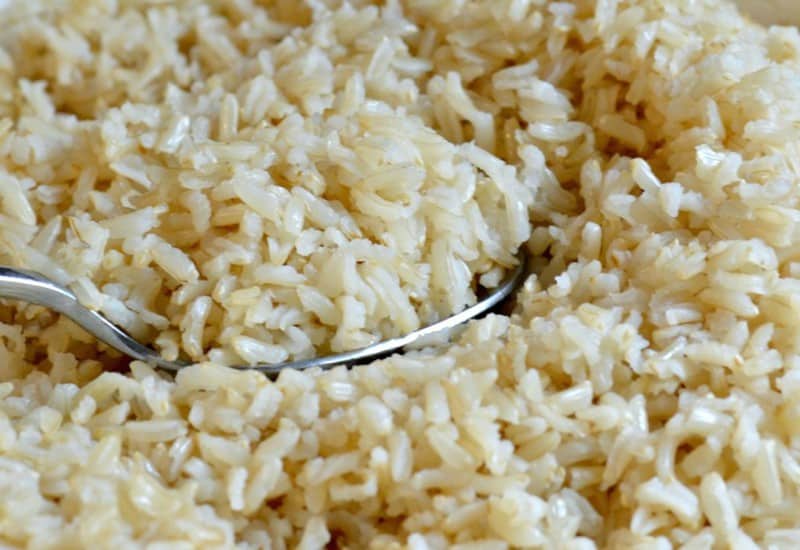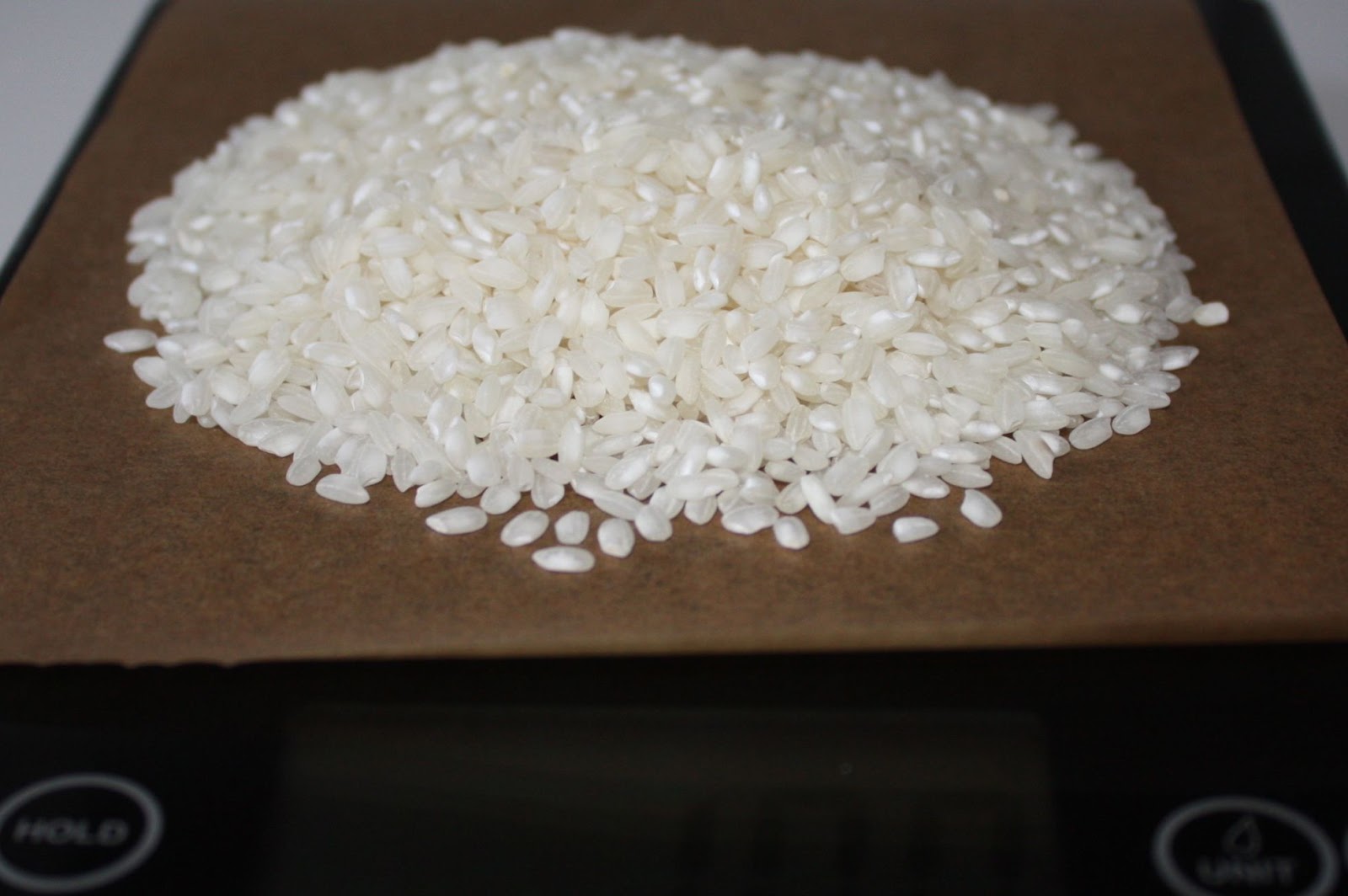

To determine if the rice is cooked, taste it and see what you think about the texture. Once the rice has been cooking for around 12 minutes, all of the water should be soaked up by the grains, and the rice will be al dente. Make sure that the lid fits tightly to the pot. This is vital as you can't stir your rice as it cooks. It is also important that you cook your rice using the best rice cookers or just use a heavy-based pot to ensure that the bottom layer of rice doesn't get scorched. Less water makes the rice firmer, which is ideal if you are making a rice salad. Remember that as you add more water, your rice will become stickier and softer. You may find that you need a little bit more based on how you like your rice to be cooked.īrown rice needs more water, while short-grain rice needs less. Generally, the ratio of water to white long-grain rice should be 1.5 cups water to 1 cup rice. The main thing to remember with this step is that you add the correct amount of water. As the water gets absorbed by the grains, the trapped steam continues the cooking until done. Once the rice has cooked, all the water should be absorbed. This method entails cooking the rice in a carefully measured quantity of water. There are many different ways that you can cook rice, but the simplest way is absorption. Whether you rinse, soak, or do both, make sure that you have thoroughly drained your rice or there will be more water in the pot than there should be. If you are making brown or basmati rice, it is recommended to soak the grains so that they can expand to their maximum length. Soaking it for around 30 minutes makes the grain less prone to breaking. If you are using rice for an everyday meal, you don't have to soak your rice, but it is preferable, especially if your rice is slightly older and has been stored. It is best to rinse your rice with a few changes of water.

Second, by rinsing your rice, you are also removing the excess starch, which means your rice won't be as sticky. First, some mills from outside the United States use talc as their milling aid, so this needs to be removed before cooking. There are two reasons that you want to rinse your rice. If you feel that the grains will stick together, you can add a spoonful of butter or oil to the rice cooker. This causes it to break apart and become sticky. Second, do not stir the rice while it is cooking. First, always measure your rice grains by volume rather than weight as this makes it simpler to work out the amount of water you need to add to the pot. Say goodbye to sticky, clumpy rice by following these two rules.


 0 kommentar(er)
0 kommentar(er)
